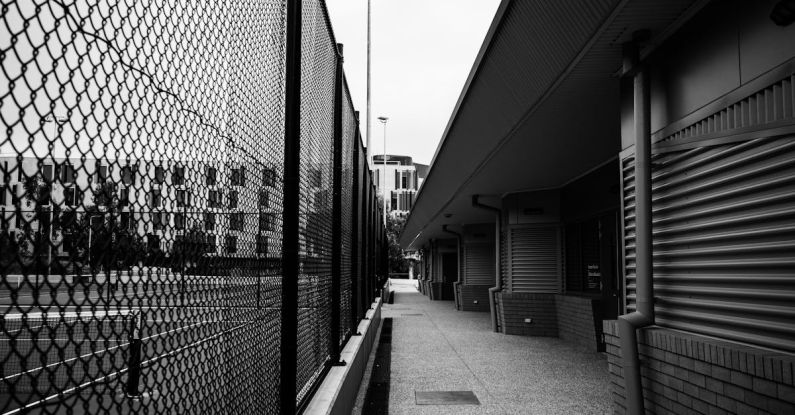Cities around the world are constantly evolving, and one crucial aspect of their development is the creation and enhancement of sports facilities. The availability and quality of sports facilities in a city can significantly impact the physical health, mental well-being, and overall quality of life of its residents. From parks and playgrounds to stadiums and arenas, cities invest in a variety of sports facilities to cater to the diverse needs and interests of their population. But how do cities actually go about developing these sports facilities?
Planning and Needs Assessment
Before embarking on the development of sports facilities, city planners conduct thorough needs assessments to determine the demands of the local community. This process involves analyzing population demographics, existing infrastructure, and current trends in sports and recreational activities. By understanding the specific needs and preferences of residents, cities can tailor their sports facility development plans to ensure maximum utilization and benefit.
Strategic Partnerships
Many cities opt to collaborate with various stakeholders, including government agencies, private investors, and sporting organizations, to fund and develop sports facilities. These strategic partnerships not only bring in additional resources and expertise but also help in aligning the development of sports facilities with broader urban planning goals. By working together, cities can create integrated sports complexes that serve multiple purposes and cater to a wide range of users.
Adaptive Reuse and Renovation
In some cases, cities choose to revitalize existing structures and spaces to create new sports facilities. Adaptive reuse involves repurposing old buildings, industrial sites, or vacant lots to accommodate sports activities. This approach not only preserves historical and cultural heritage but also promotes sustainability by minimizing construction waste and energy consumption. Renovating outdated sports facilities is another common strategy employed by cities to improve functionality, safety, and accessibility for users.
Community Engagement and Participation
Effective community engagement is essential for the successful development of sports facilities in cities. Engaging residents, athletes, coaches, and other stakeholders in the planning and design process ensures that the facilities meet the needs and aspirations of the community. Moreover, promoting active participation in sports and recreational activities fosters a sense of ownership and pride among residents, leading to increased usage and maintenance of the facilities.
Inclusive Design and Accessibility
Cities are increasingly focusing on creating sports facilities that are inclusive and accessible to people of all ages, abilities, and backgrounds. Designing facilities with universal access features, such as ramps, elevators, and designated seating areas, ensures that everyone can participate in sports activities safely and comfortably. Additionally, cities are incorporating green spaces, walking paths, and bike lanes around sports facilities to promote active transportation and outdoor recreation.
Sustainable Development Practices
The development of sports facilities in cities is also guided by principles of sustainability and environmental responsibility. Cities are incorporating green building practices, renewable energy sources, and water conservation measures into the design and construction of sports facilities to minimize their carbon footprint and resource consumption. Additionally, promoting eco-friendly transportation options, such as public transit and cycling infrastructure, helps reduce traffic congestion and air pollution around sports facilities.
Promotion and Programming
Once sports facilities are developed, cities focus on promoting and programming activities to attract users and maximize utilization. Organizing sports events, tournaments, fitness classes, and recreational programs not only encourages active lifestyles but also generates revenue and boosts local tourism. Collaborating with schools, sports clubs, and community organizations to host diverse events and activities ensures that sports facilities remain vibrant and engaging for residents.
Future Trends and Innovations
As cities continue to evolve, so do the trends and innovations in sports facility development. From smart technology integration and virtual reality training to sustainable materials and multi-functional designs, cities are embracing cutting-edge solutions to create modern and dynamic sports facilities. By staying ahead of the curve and adapting to changing needs and preferences, cities can ensure that their sports facilities remain relevant and valuable assets for the community.
In conclusion, the development of sports facilities in cities is a multi-faceted process that requires careful planning, collaboration, and innovation. By prioritizing community needs, fostering partnerships, embracing sustainability, and promoting inclusivity, cities can create vibrant and accessible sports facilities that enhance the well-being and quality of life for residents. As cities continue to grow and evolve, the development of sports facilities will play a crucial role in shaping healthier, more active, and more connected communities.
